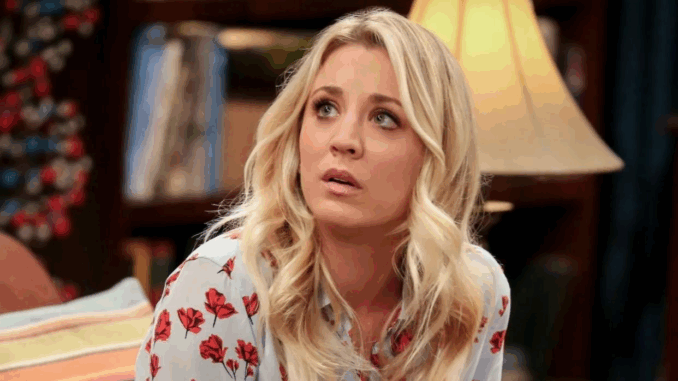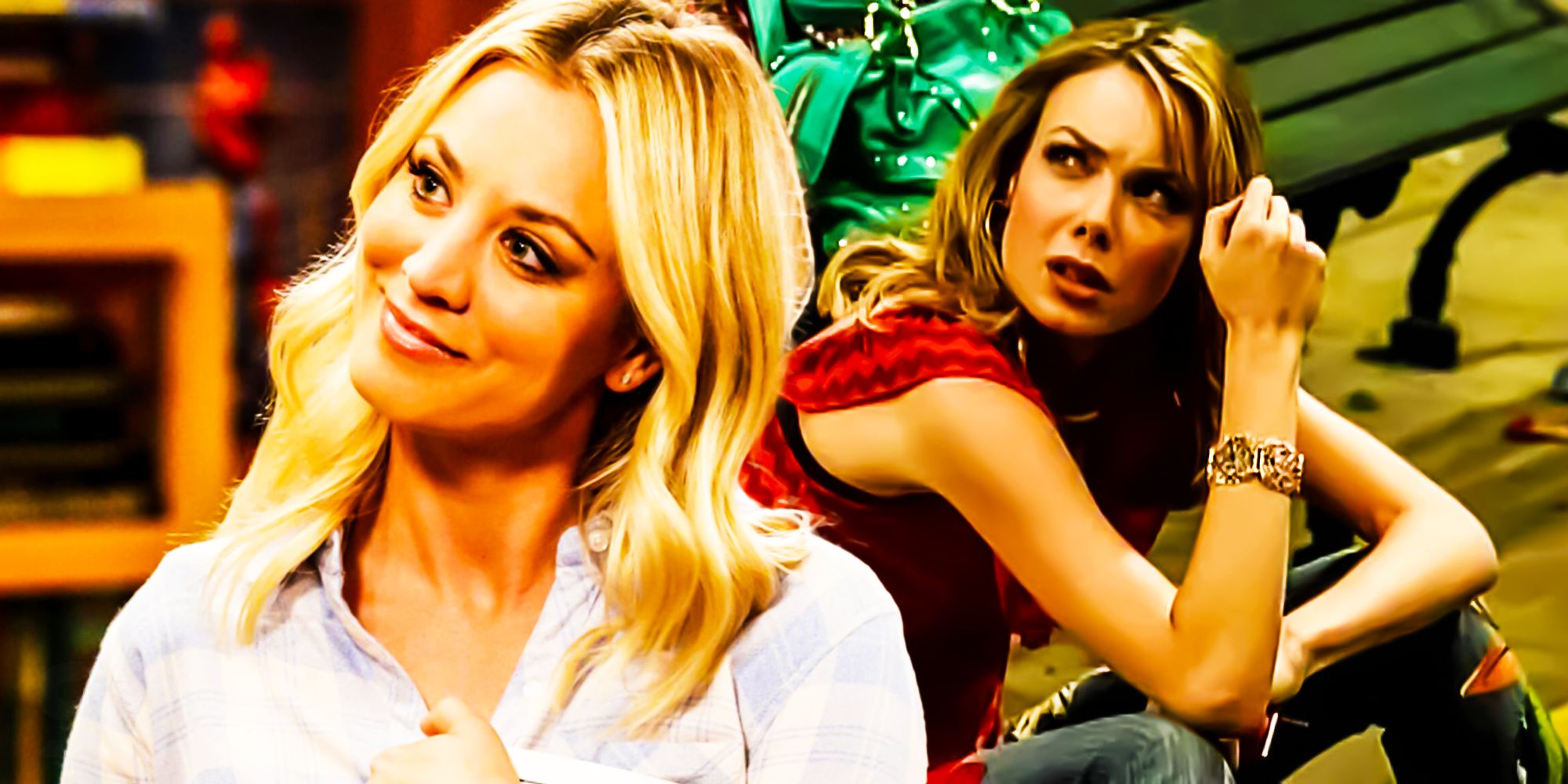
One of the most iconic sitcoms of the 21st century, The Big Bang Theory, is beloved for its unique blend of nerd culture, humor, and heart. While many fans are familiar with the characters as they are today, few know that the show’s female lead almost looked completely different in its earliest form.
Before Penny became the bubbly, sweet waitress and aspiring actress we know and love, the character was originally named Katie. Played by Amanda Walsh in the unaired pilot, Katie was a far cry from Penny’s cheerful personality. She was a much harsher, more cynical character with a tougher edge, reflecting a grittier version of life. Unlike the Penny who moves in across the hall and instantly brightens the lives of Sheldon, Leonard, Howard, and Raj, Katie was homeless and had a more complex, troubled background.
This initial concept was ambitious but risky. Test audiences reportedly reacted unfavorably to Katie’s character, finding her less relatable and more abrasive. The chemistry between the leads, especially between Katie and the male characters, didn’t quite resonate as hoped. The showrunners quickly realized that this version of the female lead might alienate viewers rather than draw them in.

In response, the creators made the pivotal decision to overhaul the character. Katie was transformed into Penny—a name change that reflected a lighter, more approachable character design. The role was recast with Kaley Cuoco, whose performance brought a warmth and charm that balanced the geeky, socially awkward male leads perfectly. Penny’s more optimistic and friendly demeanor allowed the show to explore dynamics of friendship, love, and everyday struggles in a relatable, comedic way.
The shift from Katie to Penny didn’t just change one character—it transformed the entire tone and direction of The Big Bang Theory. Where Katie’s presence might have cast a darker shadow over the show, Penny’s presence became the heart and emotional anchor of the series. She provided the audience with a bridge between the “nerdy” world of the scientists and the “normal” world outside their apartment.
This change proved crucial for the show’s success. The chemistry between Penny and Leonard, Penny’s interactions with Sheldon, and her role in humanizing the group became central themes throughout the series. Penny’s character development—from a struggling actress to a pharmaceutical sales rep, a wife, and a friend—offered depth and growth that audiences connected with season after season.
Today, Penny is one of the most beloved characters in television history, and Kaley Cuoco’s portrayal has become inseparable from the show’s identity. But it’s fascinating to imagine how different The Big Bang Theory might have been if the original version of Katie had remained. Would the show have run for 12 seasons and inspired spinoffs? Perhaps not.
In conclusion, the reinvention of Katie into Penny was a defining moment for The Big Bang Theory. It reminds us how important casting and character tone are in shaping a show’s destiny. Thanks to this change, the series struck the perfect balance of humor, heart, and nerd culture that millions of fans continue to celebrate.
